How Tank Cloud Works – Tank Cloud Demo Part 1
VIDEO DESCRIPTION
There are a lot of tanks in the world that are difficult to get to, difficult to climb on, and difficult to monitor for a number of reasons. It used to be that to monitor remote tanks, you needed deep pockets and a doctorate in industrial programming. So for years we’ve manually checked tanks, or we’ve had personnel and customers call in, and we’ve never really been able to optimize the management of our tanks. This is how Tank Cloud was born!
VIDEO CONTENT
00:26 LOE WEB ENABLED ULTRASONIC SENSOR AND CONTROLLER
It all started with our LOE ultrasonic level sensor. This was the first sensor of its kind, able to connect directly to either the Internet via an Ethernet cable and send data to a website, or to a Local Area Network.
00:47 RST SERIES WEB ENABLED CONTROLLER
At the same time, we developed a module that would take any 4-20mA signal and push that to our remote monitoring website. It has a 4-20mA input and an Ethernet output. This way, you can publish any 4-20mA reading to our website regardless of the sensor type or the manufacturer.
00:59 HOW THEY CONNECT TO THE INTERNET
Either of these is wired to a router and connected to the Internet via landline, wi-fi, radios, cellular networks, or even satellite – whichever makes the most sense for you.
01:17 TANK CLOUD AND MODBUS PROTOCOL
Tank Cloud is now made up of several tank level sensors, modules, and displays that use Modbus protocol to send level data for many tanks to our website. If you’re unfamiliar with Modbus, it’s simply a communication protocol.
Modbus networks have master and slave units. With Tank Cloud, the LOE is always the master unit. During a call in from our website, the LOE will take its own reading and then polls the slave sensors for their readings.
The slave units report back to the LOE, and then the LOE reports all readings to the Tank Cloud website.
01:54 TANK COUD PRODUCTS
We have a few different units that are part of the Tank Cloud family:
RST-5000 SERIES
First we have the RST-5000 series. As I mentioned before it has a 4-20 mA input and Ethernet output. It is also available in a version that acts as a Modbus master just like the LOE. This is useful when ultrasonic sensors are not well suited for your application.
LOE ULTRASONIC SENSOR
Then we have the LOE that you are already familiar with. This will always be the master sensor when used in a Modbus network. It is also available in a few ranges, including 7-180 inches, 1 – 25 ft. and 1.5 – 50 ft.
MNU ULTASONIC SENSOR
Next we have our MNU ultrasonic sensor. This is a slave sensor with the same ranges as the LOE and a few extra. It needs a Master unit to connect to the Tank Cloud website.
MPX MAGNETOSTRICTIVE LEVEL SENSOR
Here is our MPX. This is a magnetostrictive level sensor that is also a slave unit. It is used for applications where ultrasonic sensors are not the ideal choice. It is very accurate, and is capable of interface level measurements with an optional second float.
MND DISPLAY
Finally we have our MND display. This is a local display that can be wired into the Modbus network. It is classified as a sniffer, meaning it eavesdrops on the communication between the master and slaves, and allows you to cycle through the different sensor readings.
03:17 TANK CLOUD NETWORK AND DAISY CHAIN WIRING
A single Tank Cloud network can have up to 10 slave sensors per master unit. Here we have our LOE, MNU, MPX, and MND all wired together through a daisy chain. The MND can display readings for all of them.
All 11 of these sensors can share a single Internet connection – which saves you money on Internet service charges. Most competitor sensors need their own direct connection to the Internet – which drastically increases your Internet service costs.
Wiring is also made easy with Tank Cloud’s Modbus architecture. Wires are daisy chained together, which is about as simple a wiring scheme as you can imagine. Simply wire matching colors together, green to green, red to red, etc. A terminal block is needed if it’s not included in the sensor housing.
04:06 TANK CLOUD REVIEW
So to review, Tank Cloud’s Modbus architecture allows for a simple installation and a single Internet connection for 1 master sensor and 10 slave sensors. This way you can lower both upfront costs and long-term Internet service fees. Tank Cloud gives you the best of both worlds.
More videos on Tank Cloud and Remote Monitoring can be found at Tank Cloud Playlist.

